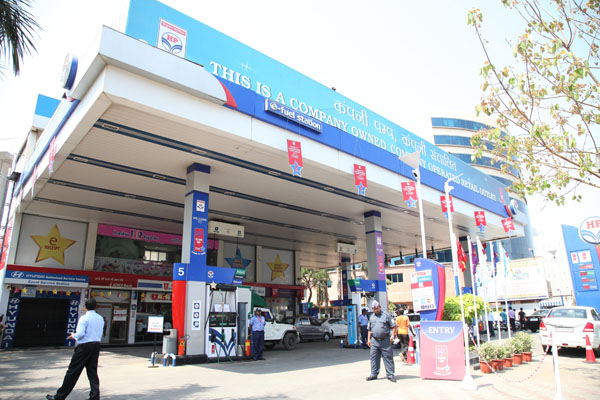Octane rating and cetane rating or numbers are used to measure ignition quality of fuel or gas. These numbers are proportional to many factors.
Octane number
The important factor for car performance or efficiency depends not only on its design but also on the fuel used in it. Octane number is used for gasoline engines, while cetane number is for a diesel engine. To measure different fuel types and to determine the quality of each fuel, octane number is used. Higher the octane number more is the compressibility of fuel ( i.e. ability to withstand compression). Before jumping further, understanding the term ‘engine knocking’ is must.
Engine knocking
In layman’s term engine knocking is a phenomenon in IC engines where incomplete or partial combustion of air-fuel mixture takes place. Engine knocking occurs when a certain amount of air-fuel mixture burns after the spark has ignited the previous charge in a combustion chamber. Making it more simple, when the charge is not burnt continuously, engine knocking occurs.
What is Octane number
Gasoline engine relies on ignition of air-fuel mixture inside a combustion chamber. So, burning of air-fuel mixture plays an important role in the efficiency of an engine.
Octanes are hydrocarbons which are essential components of gasoline. Two of these octanes are standardised as a reference to measure octane number. 2,2,4 trimethylpentane has an octane number of 100 while n-heptane has an octane rating of zero.
How is Octane number measured?
A sample of Fuel is taken and is tested in a test engine. Now the antiknocking quality of this sample is compared with the reference sample of a mixture of iso-octane and n-heptane. If the test sample has the same antiknock quality as that of the mixture of 90% iso-octane and 10% n-heptane, then the octane number of the sample fuel is 90.
Octanes are defined in three different ways
- Research octane number(Ron)
It is the most commonly used method to determine octane number by burning the fuel in a test engine under specific test condition by varying compression ratios of an engine.
- Motor octane number(MON)
It is also determined by testing it in an identical RON test engine But this engine has higher engine speed( 900 rpm instead of 600 rpm) than that in RON. Also, the engine is preheated, and ignition timings also vary. MON is a more precise measure of a fuel
- Anti-knock Index(AKI) Sometimes the quality of fuel is also determined by taking an average of RON and MON.
In India, ordinary petrol has an octane rating of 91 RON. Apart from this two variants, speed 93 and speed 97 were also launched.
What is cetane number?
Cetane number is the measure of fuel quality of diesel engine. Cetane number is an inverse of octane rating of the same fuel. Like octane number, higher cetane number has fewer ignition delays and thus engine operates more effectively. Cetane number from 48 to 50 is considered good for an engine.
Measurement of cetane number
- Cooperative fuel research
In this method, fuel is burnt in rare diesel engine under specific conditions. The operator of the CFR engine uses a hand wheel to increase the compression ratios. The resulting cetane number is then determined by comparing th mixture of hexadecane and iso-cetane
- Ignition quality tester(IQT)
The instrument is more simple and robust measurement technique then CFR. In this method, ignition delay is first calculated which is used to calculate DCN of the fuel(derived cetane number).
- Fuel ignition tester
It is method having a similar approach to that of IQT
- Cetane index(CI)
This is another method for measuring fuel quality. In this method, cetane number is measured based on the density and distillation range of the fuel.
The cetane number of fuel in India is 48 for Bharat stage II, while it is 51 for Bharat stage III, IV, and IV+.






